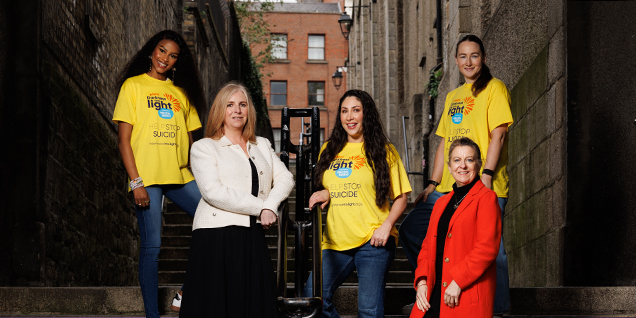Starting your journey to Net Zero

It doesn’t have to be so difficult
Here are some simple steps you can follow to get started on your journey towards Net Zero.
Check your current energy usage
Your first step to energy efficiency is a home energy audit. This will help you to spot where you can make the biggest energy savings. A professional auditor will have the tools to detect air leaks, measure insulation levels, and work out your home’s overall energy use.
Look after the basics
It can be good to scale up your journey to Net Zero. You can start small and relatively inexpensively and build up to suit your needs.
1. Seal air leaks
Air leaks let heat escape during the winter and cool air to leak out in summer. Sealing windows, doors, and other openings can help cut energy use, lowering your utility bills.
Taking it to the next level
2. Upgrade insulation
Insulation helps keep your home warm in the winter and cool in the summer. This cuts down on the need for heating or air conditioning. Upgrading the insulation in your walls, attics, and basements can greatly improve energy efficiency.
Move on to bigger things
When your finances allow, you can make bigger changes that may cost a bit more upfront but will help reduce your energy use in the long run.
1. Fit energy-efficient windows
Older, draughtier windows can lead to a lot of energy waste. Replacing them with energy-efficient models can help cut heat loss and gain, while also helping cut down on noise and UV rays.
2. Move to energy-efficient appliances
Many older appliances like refrigerators, dishwashers, and washing machines can use a lot of energy. Switching to newer, more energy-efficient ones can help cut your energy use and lower your utility bills.
3. Sign up to a Smart Meter Plan
Smart meter plans give excellent insights to help you take full control over your energy usage. They allow you to identify where you use most energy and where you can make improvements. By learning and adapting how you use energy, you can save on your electricity bills.
Make some big changes
Finally, you could look at making some bigger changes. The outlay may be larger but the savings can be big too.
1. Consider a Heat Pump
Heat Pumps can generate more heat than the energy they use. Gas or oil boilers burn fuel to generate heat. Heat pumps, on the other hand, transfer heat from air, ground, or water sources for overall lower energy consumption and reduced operating costs.
2. Install Solar PV Panels
With solar energy, you can generate your own electricity, cut your reliance on the grid, and enjoy significant savings on energy bills. Generally fitted on rooftops, solar PV panels turn sunlight into electricity without carbon emissions. They can power your home, heat your water, or be stored in a battery to be used later.
3. Consider an electric vehicle
Switching to an electric vehicle (EV) can help cut emissions and lower your carbon footprint overall. Electric Ireland offers a number of plans to suit EV drivers, like Home Electric+ Night Boost, for low electricity rates at night, ideal for charging your EV.
4. Consider deep retrofitting
If you want to make significant energy savings over time, you could consider deep retrofitting. This would mean a major renovation of your home to improve energy efficiency. This could include upgrading insulation, windows, heating and cooling systems, as well as appliances. Electric Ireland Superhomes are a registered ‘One Stop Shop’ under the new SEAI scheme which lets customers get higher grant levels for a complete energy upgrade.
Follow Electric Ireland on social media:
Twitter: @electricireland
Instagram: @electricireland
Facebook: Electric Ireland
Recent News

Electric Ireland and Pieta Launch 2025 Darkness Into Light Campaign with Ambassador RuthAnne
Read More
Electric Ireland announces the 2025 Electric Ireland GAA Higher Education Rising Stars Football Team of the Year
Read More
